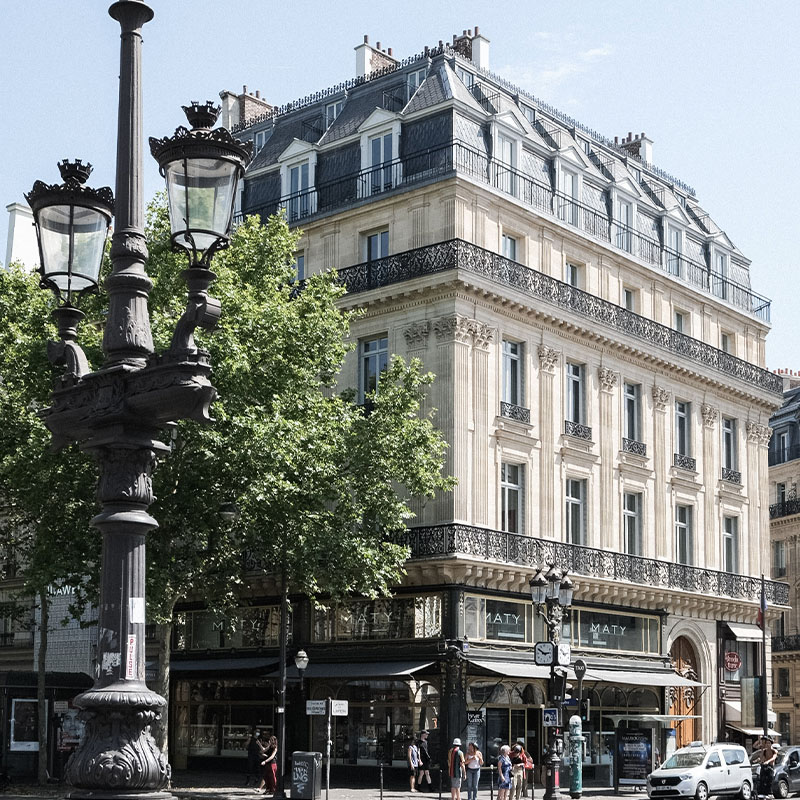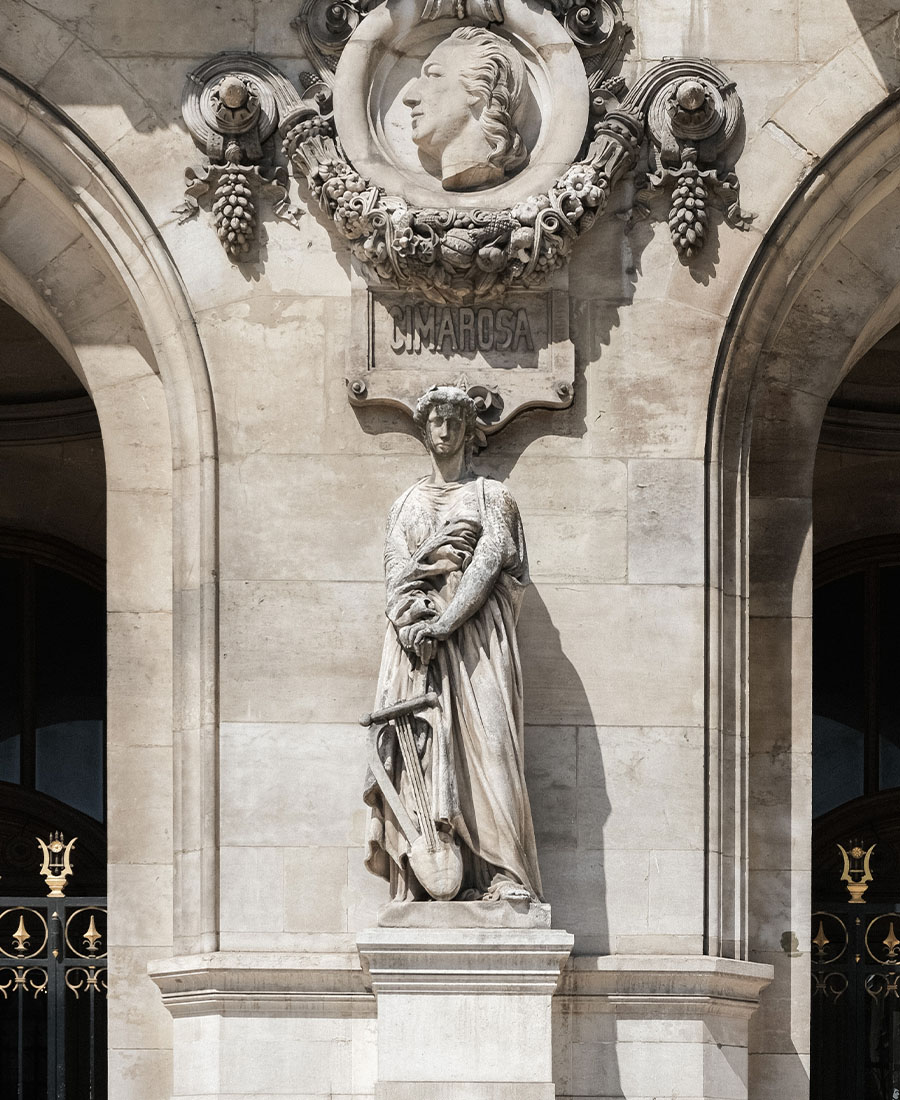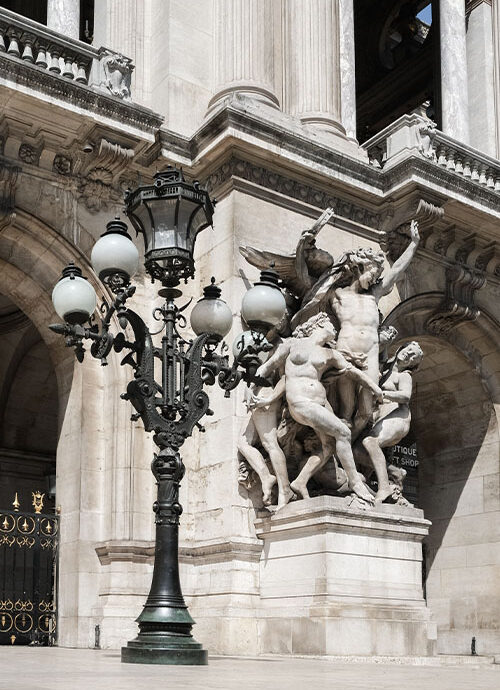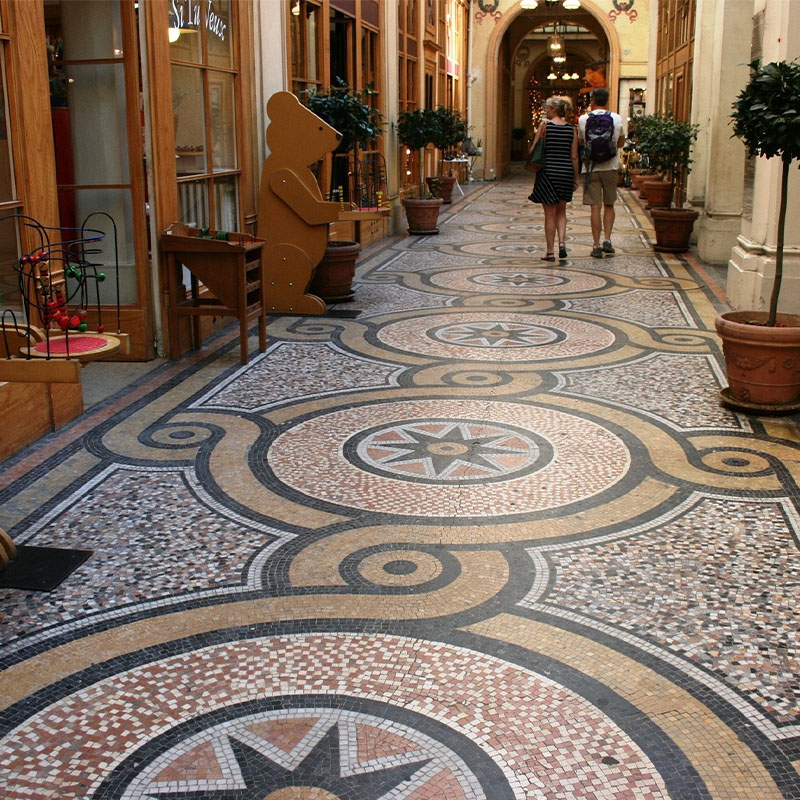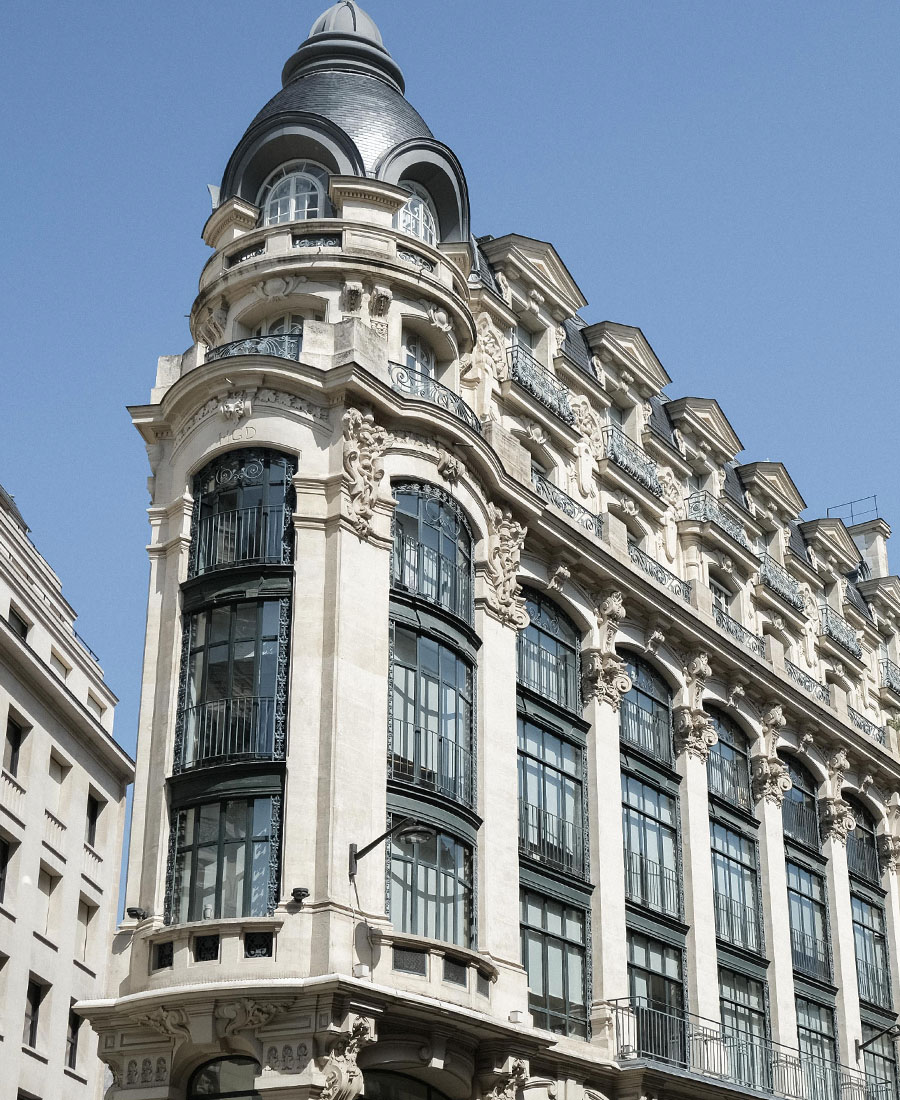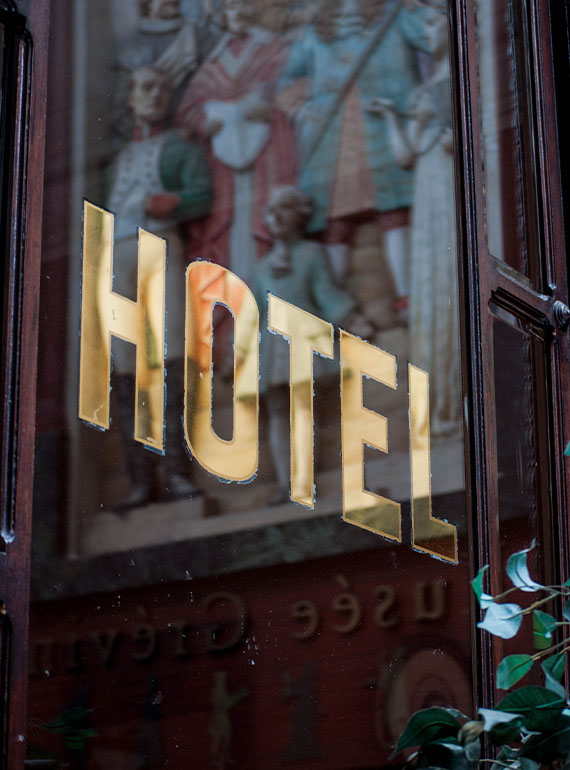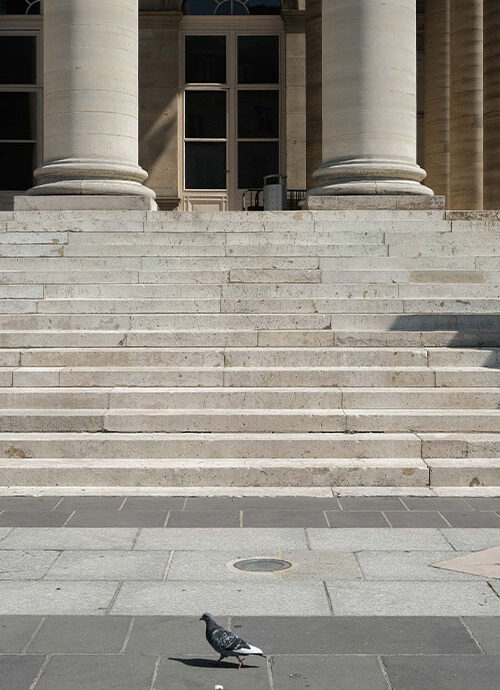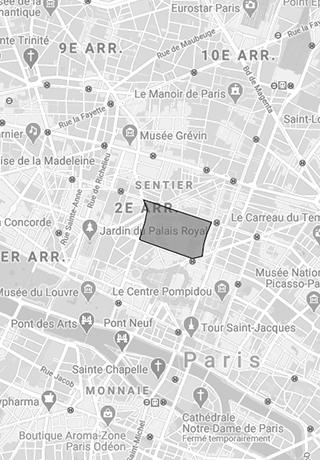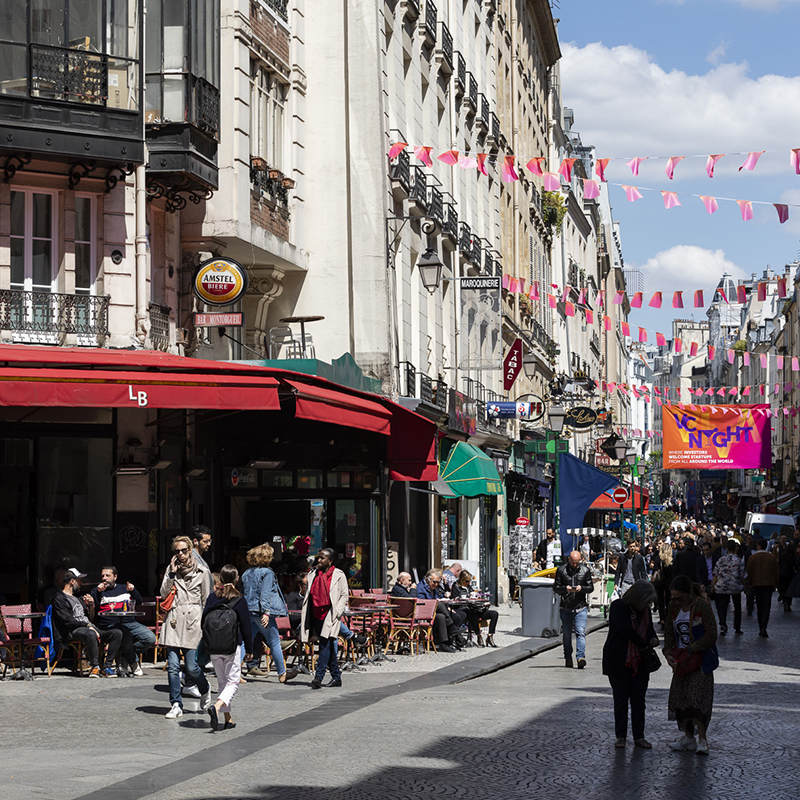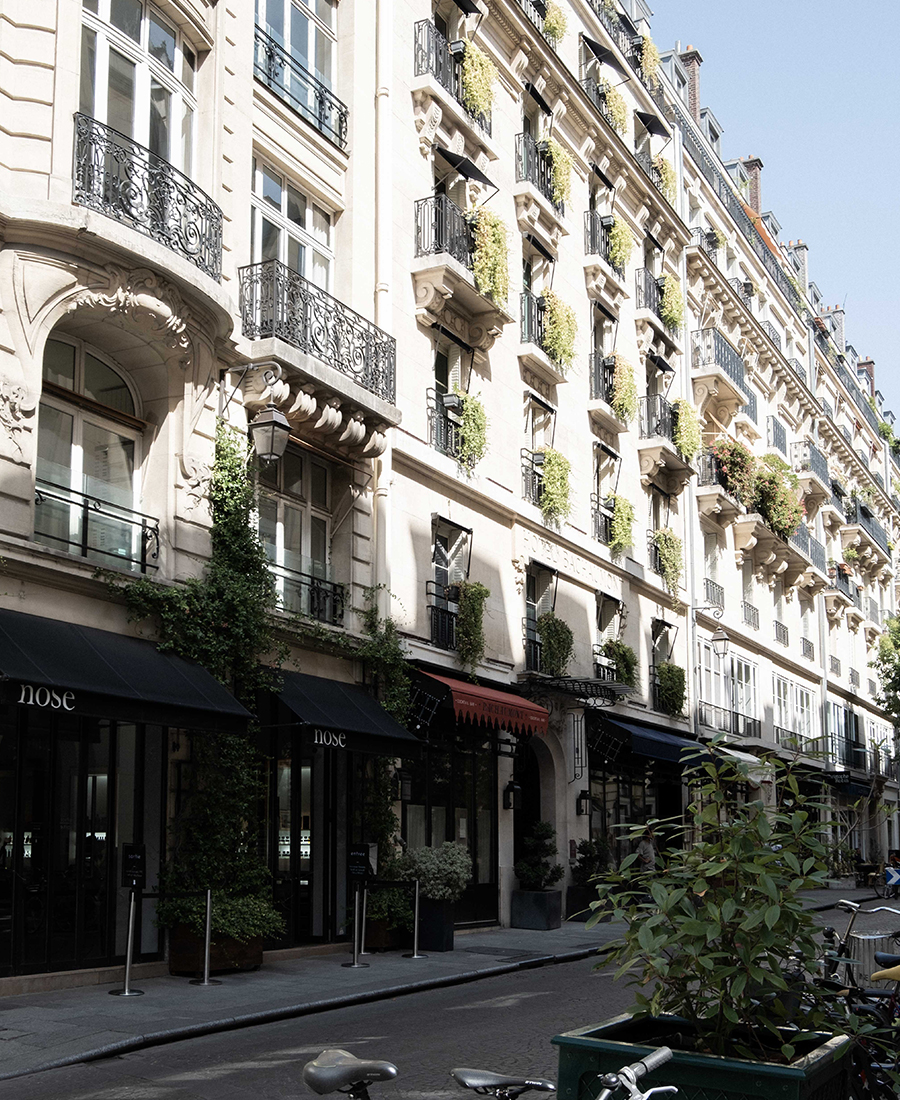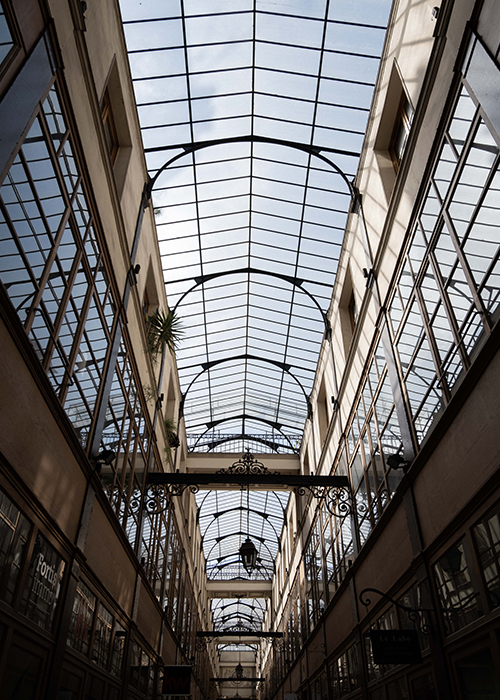OPÉRA
Located halfway between the 2nd and 9th arrondissements, Opéra is a modern district that has preserved its old-world charm.
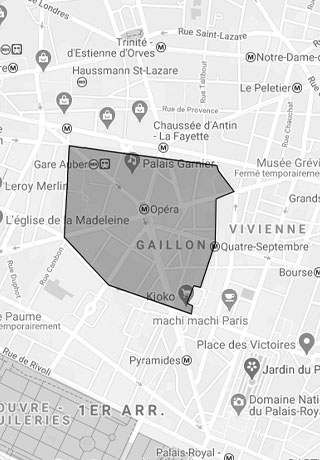
The Opéra district is one of the most beautiful legacies of Second Empire urban planning. Restored under the reign of Napoleon III by Baron Haussmann, the characteristic architecture of this district is representative of the aesthetics of the time. There are great monuments, but also some museums and shops, making the district lively and attractive. The Palais Garnier, which stands in the middle of the Place de l’Opéra, is the home of classical dance in the pure French tradition. A true masterpiece of 19th century theatrical architecture, this impressive building made of sculptures, stone, marble and gold is a spectacle in itself.
A popular area for fashion and design enthusiasts, it’s great to get lost in the endless corridors and floors of the Grands Magasins. Opened in 1884, Galeries Lafayette has become a true parisian institution. Its immense neo-byzantine-inspired dome is a masterpiece classified as an Art Nouveau heritage site by the city of Paris.
For those who love lively neighborhoods, Opera is the perfect place to live pleasantly in the heart of Paris !
